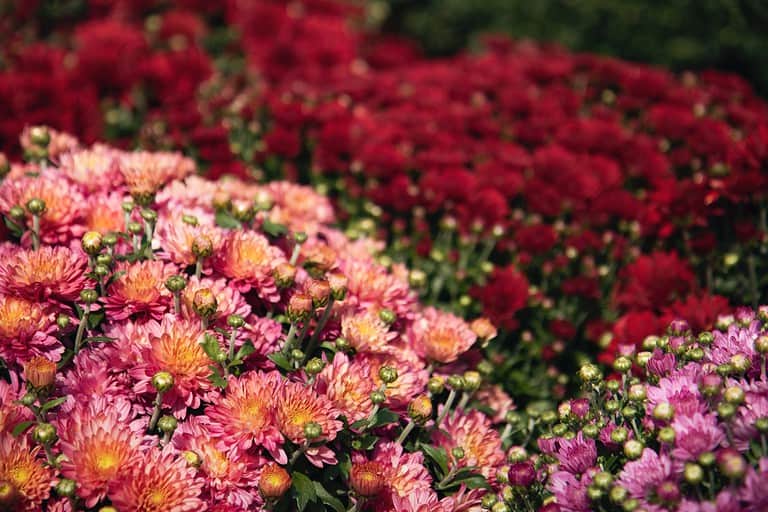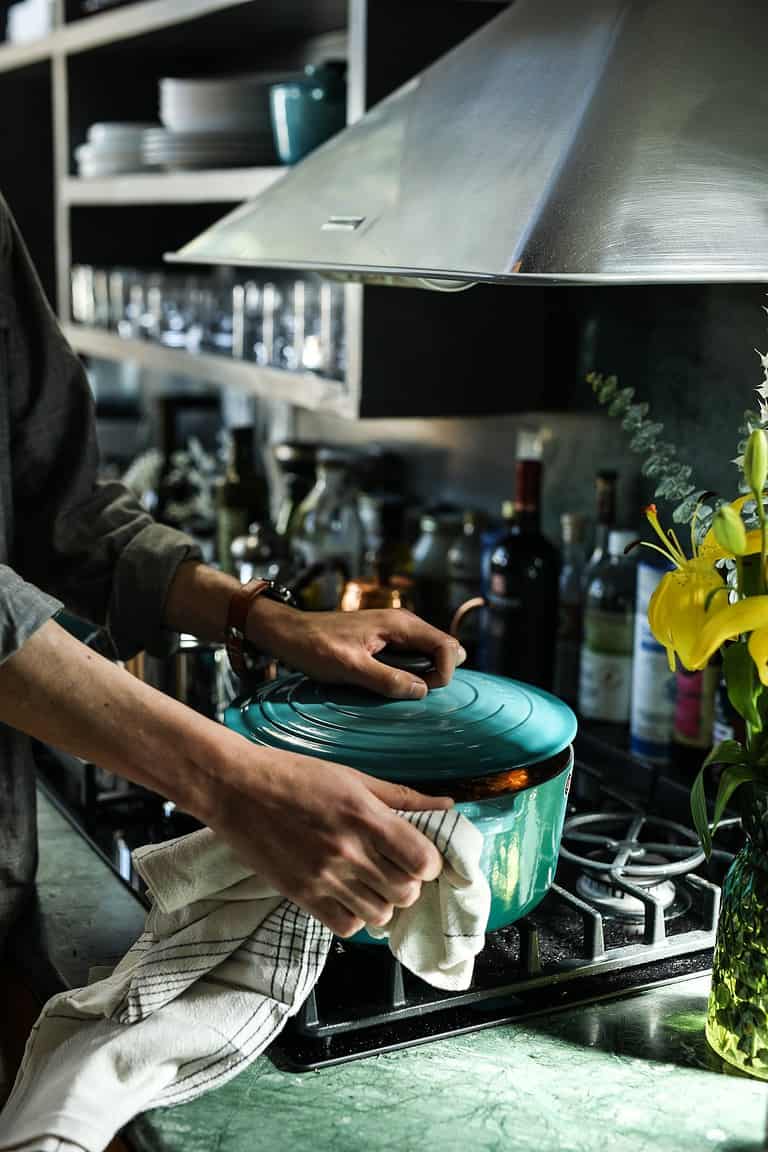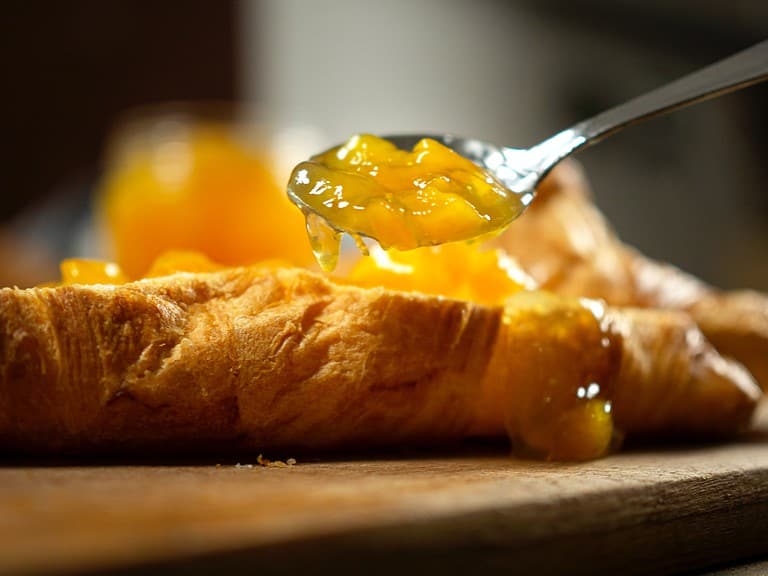This post contains affiliate links. Read our full disclosure policy here.
French lavender is one of the most iconic symbols of Provence. Walking through rows of lavender in bloom—purple stretching as far as the eye can see, bees buzzing, the air thick with fragrance—is something that stays with you forever. But if Provence isn’t on your travel calendar just yet, the good news is that you can bring a little piece of it home. With the right care, you can grow your own lavender and enjoy that same soothing scent in your everyday life.
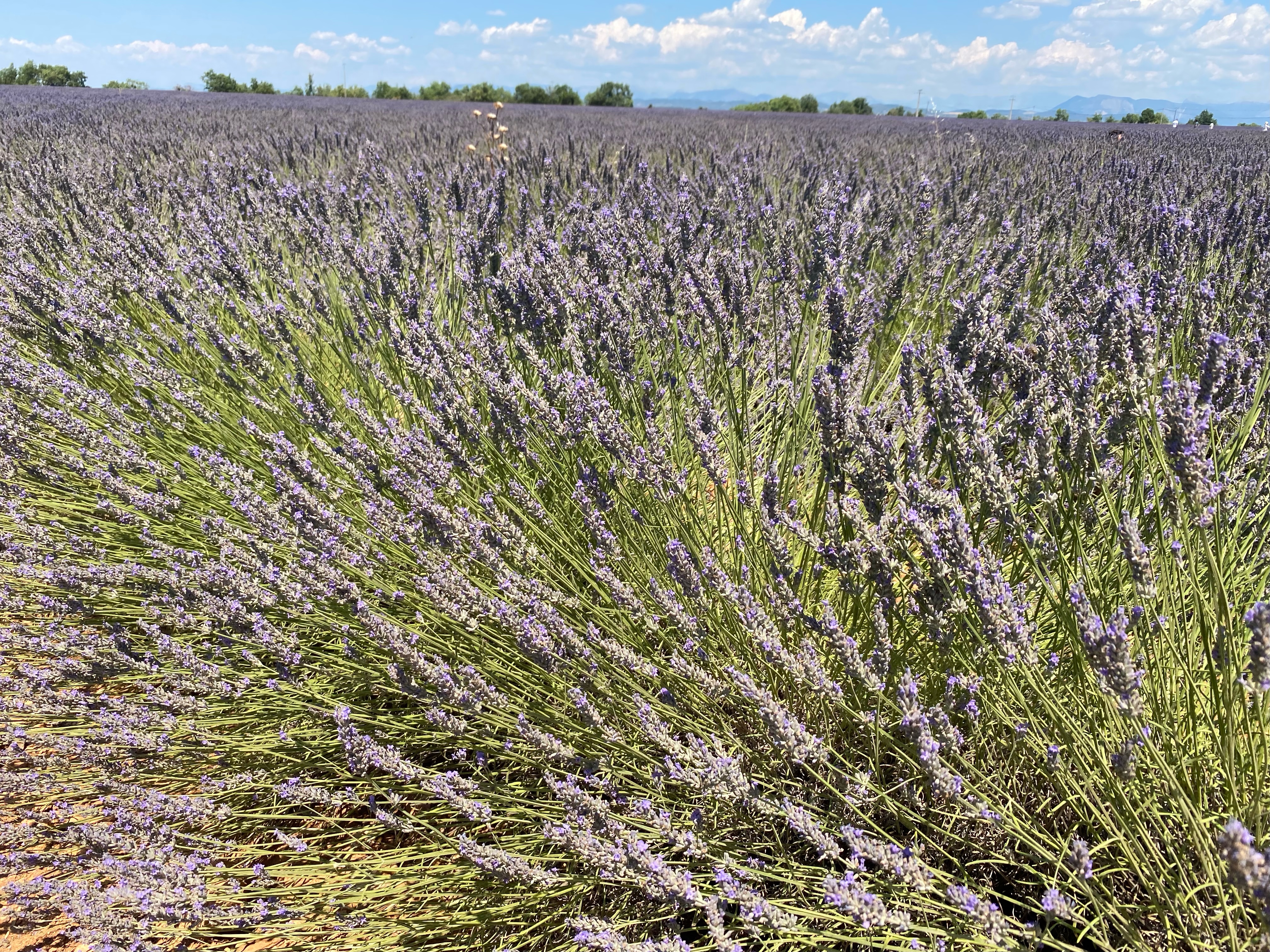
Step 1: Check Your Hardiness Zone
Lavender thrives in certain climates, so the first thing to do is check your plant hardiness zone. French lavender generally grows best in zones 5–9. You can look up your zone on the USDA map.
If your area is too humid or rainy, don’t worry—there are hybrid varieties that do better outside of Provence-like conditions. Choose the variety that best fits your climate and your intended use.
- For fragrance and oils: Lavandula intermedia ‘Provence’ is excellent for extracting its essential oils.
- For ornamental beauty: Lavandula dentata (often called “true French lavender”) is a wonderful choice for hedges or garden borders.
- For culinary use: Lavandula angustifolia (English lavender) is the most versatile and the one I prefer for recipes.
Step 2: Seeds or Plants?
Growing lavender from seed can take weeks and requires patience. If you want a quicker start, I recommend buying small starter plants from your nursery. It’s much easier and more reliable, especially for beginners.
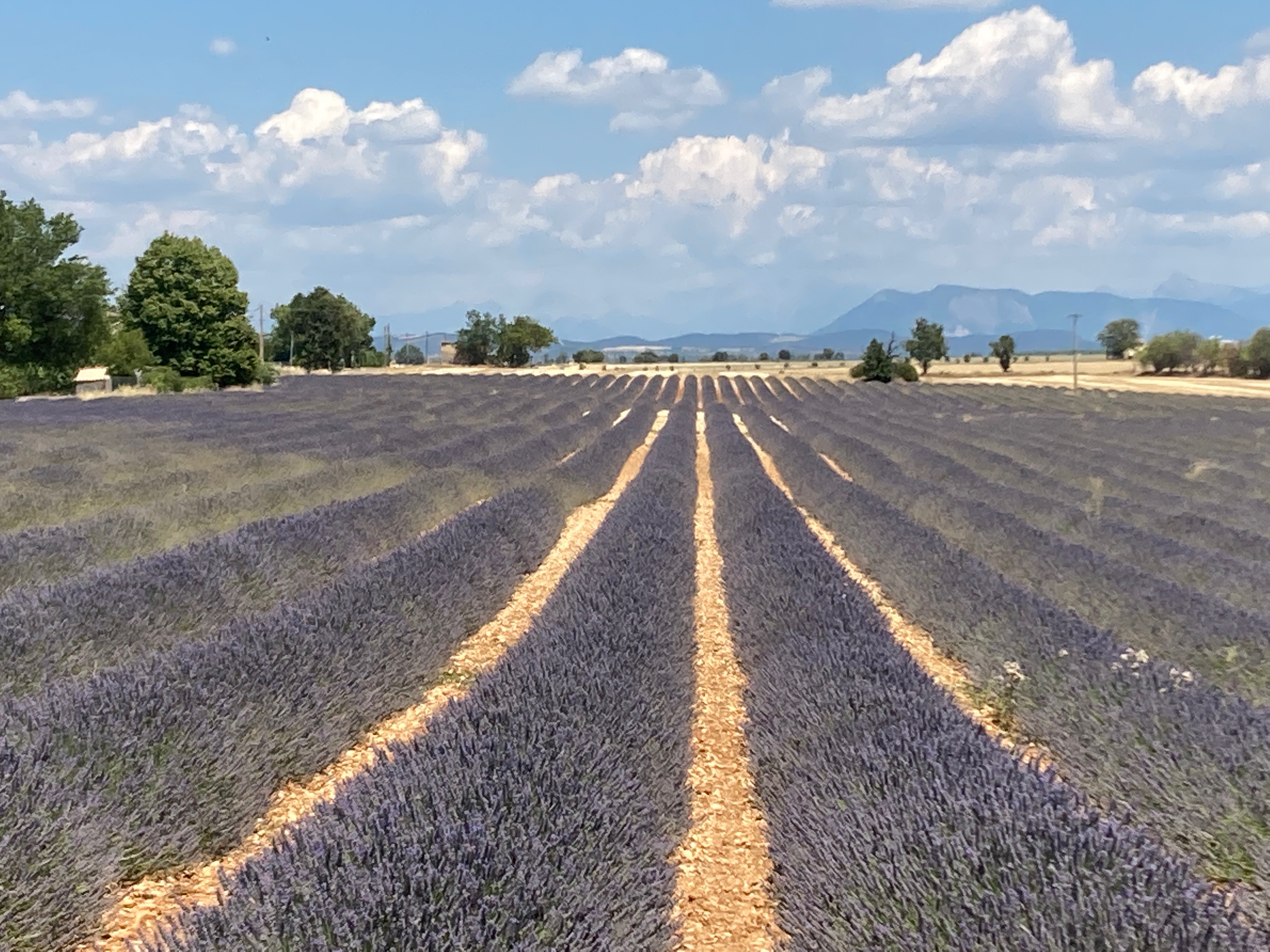
Step 3: Create the Right Growing Conditions
Sunlight
Lavender loves the sun. Plant it in the brightest spot you have—at least 6–8 hours of direct sunlight daily. Without enough sun, you’ll get more leaves than blooms.
Soil
The soil should be:
- Well-drained (lavender hates wet feet!)
- Neutral to alkaline, pH 6.5–8.
- Sandy, not heavy or clay-rich.
If you’re planting in pots, mix potting soil with sand and add pebbles to the bottom to improve drainage. If your soil is too acidic, add lime when planting to bring it closer to neutral.
Planting
- Best time: early spring.
- Space plants 12–18 inches apart if planting in the ground (they grow into small shrubs).
- For pots, choose containers 12–16 inches in diameter, with about 8–10 inches of depth. Pots make it easier to bring plants indoors for the winter.
Step 4: Watering Lavender
Lavender is drought tolerant, but it still needs some water, especially when young.
- After planting: water once or twice weekly for the first 2 weeks until established.
- Mature plants: water every 2–3 weeks, increasing slightly when buds form.
- Always water at the base of the plant—keeping leaves dry helps prevent disease.
Step 5: Flowering and Harvest
Lavender typically flowers from late May through mid-August, depending on your climate. Harvest the blooms when they’ve just opened, cutting them in the morning after the dew has dried. Dry them in bunches upside down, or enjoy them fresh in bouquets.
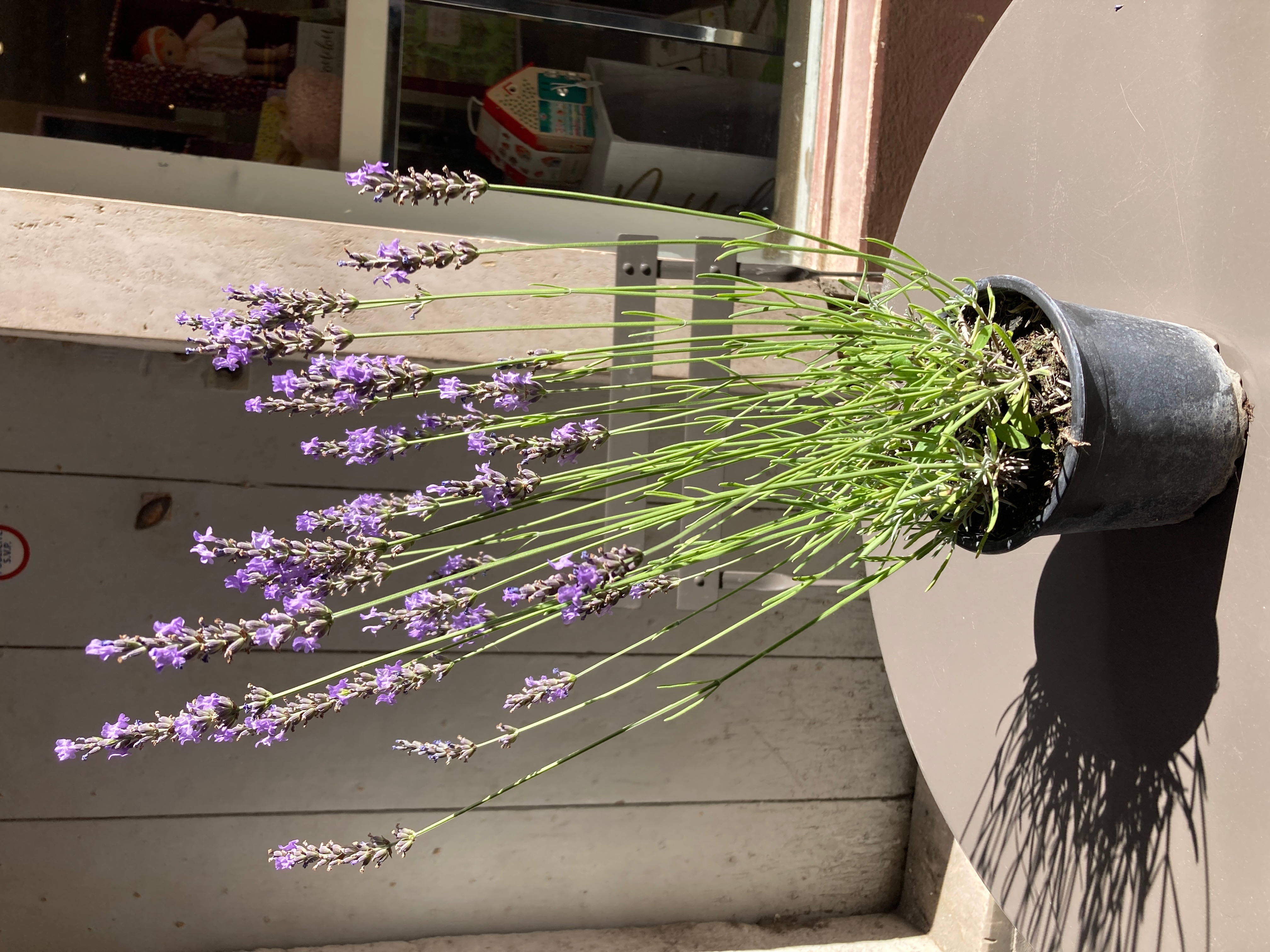
Step 6: Pruning and Winter Care
Winter: Lavender won’t survive prolonged freezing (below 19°F). If you live in a cold climate, move your pots indoors or provide heavy mulch protection for plants in the ground.
Pruning: Deadhead spent blooms throughout the summer to encourage new ones. At the end of the season (around August), prune the entire plant back by about one-third. This keeps it healthy and encourages bushy growth next spring.
Quick “How-To” Guide for Growing French Lavender
Protect in winter: bring inside or mulch heavily if you live in colder zones.
Choose a variety suited to your climate and purpose (ornamental, culinary, or oil).
Prepare your soil or pot with good drainage and slightly alkaline conditions.
Plant in full sun, spacing 12–18 inches apart or using 12–16 inch pots.
Water carefully: establish with twice-weekly watering, then cut back to every 2–3 weeks.
Prune and harvest blooms throughout the summer, and prune again at season’s end.
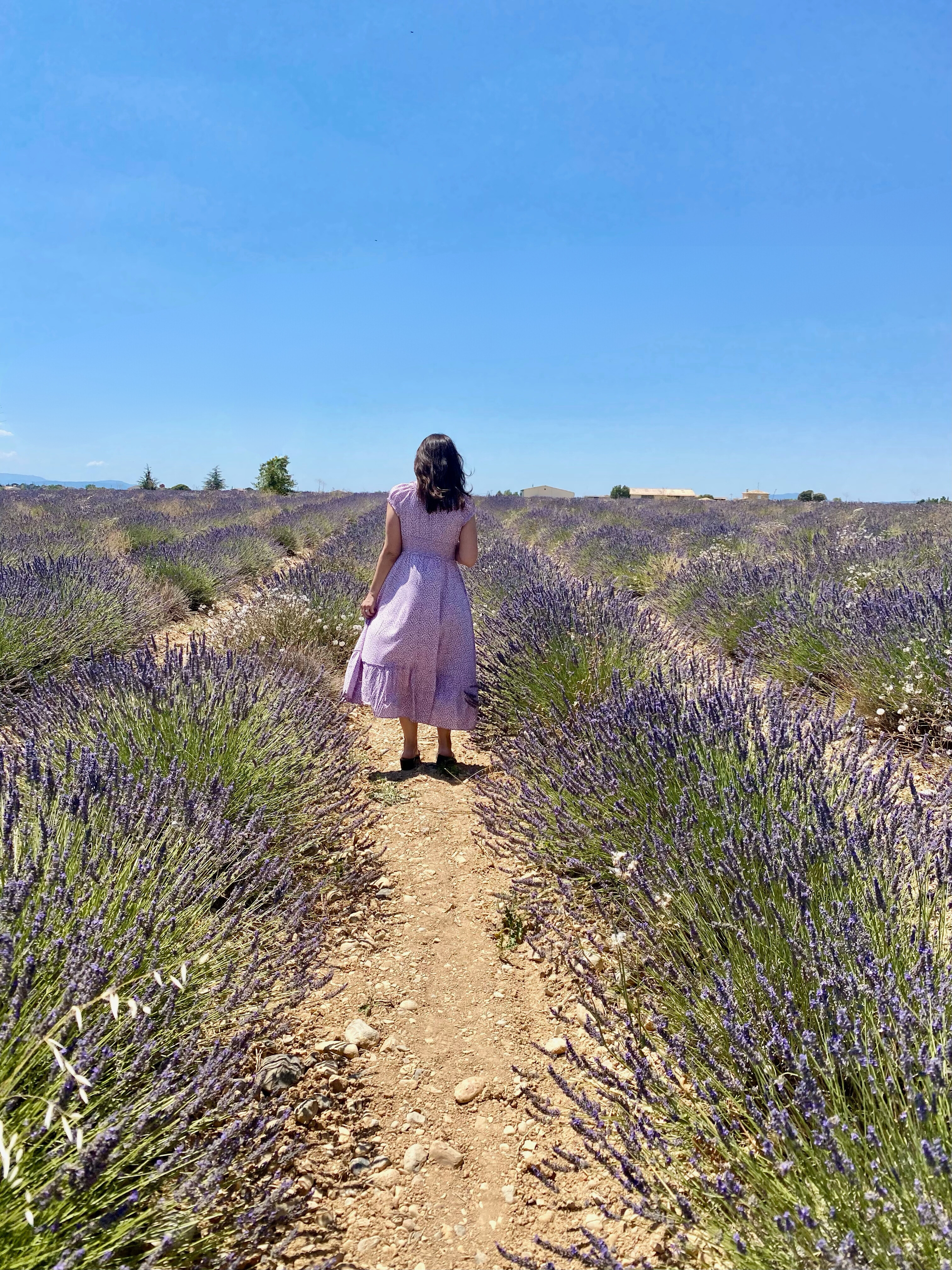
Bring Provence Home
While nothing compares to standing in the lavender fields of Provence, growing your own lavender at home comes close. Each time you catch its fragrance drifting through the garden—or snip a few sprigs for your kitchen—you’ll be reminded of that slower, gentler rhythm of French country life.
À bientôt,
Gaby
My Favorite Lavender Growing Essentials
If you’d like to try growing your own lavender at home, here are a few of my go-to tools and supplies that make it simple:
- Rustic Terracotta Planters (12–16″) – perfect for container lavender, with plenty of space for roots.
- Organic Potting Soil + Sand – creates the well-drained base lavender loves.
- Garden Lime – an easy way to balance pH if your soil is too acidic.
- Hand Pruners – keep your lavender tidy and blooming year after year.
- Soil pH Test Kit – simple and inexpensive, but so helpful for success.
- Le Parfait Jars – my favorite for storing dried lavender buds, or even making lavender sugar.

How to Grow and Care for French Lavender
Ingredients
- 1 French lavender plant or another suitable variety for your climate
- 1 large Pot; 12–16 inches wide, 8–10 inches deep OR space in a raised bed
- 1 bag Potting soil neutral to alkaline, pH 6.5–8
- Garden lime only if your soil is too acidic
- Coarse sand to improve drainage
- Rocks or pebbles (for bottom of the pot) for bottom of the pot
- 1 Watering can
- Sunny location full sun, 6–8 hours daily
Instructions
Choose a Variety
- Select a lavender type that suits your climate and purpose:– Lavandula intermedia ‘Provence’ for fragrance– Lavandula dentata (French lavender) for ornamental use– Lavandula angustifolia for culinary purposes
Prepare the Pot or Bed
- Place 2 inches of rocks/pebbles at the bottom of the pot (for drainage).
- Mix sand into your potting soil to create a light, well-drained blend.
- Add lime if your soil pH is below 6.5.
Plant the Lavender
- Dig a hole large enough for the root ball.
- Remove the plant from its container, loosen the roots gently, and set it in the hole.
- Fill with soil and press gently around the base.
Water and Sunlight
- Water thoroughly after planting.
- Continue watering twice weekly until established (about 2 weeks).
- Once mature, water only every 2–3 weeks, increasing to once or twice weekly when buds appear.
- Always water at the base; keep foliage dry.
Pruning and Care
- Deadhead old blooms during the growing season to encourage more flowers.
- After the last flush (usually late summer), prune back the plant by about one-third.
- In cold climates (below 19°F), bring pots indoors or protect outdoor plants in winter.
Notes
- Lavender thrives on less water, not more — soggy roots will kill it faster than drought.
- Flowering season typically runs late May to mid-August, depending on climate.
- Plants can live for years with proper pruning and winter protection.
- Lavender is not only beautiful but also useful: try drying bunches for sachets, making lavender sugar, or enjoying the scent in your kitchen.




